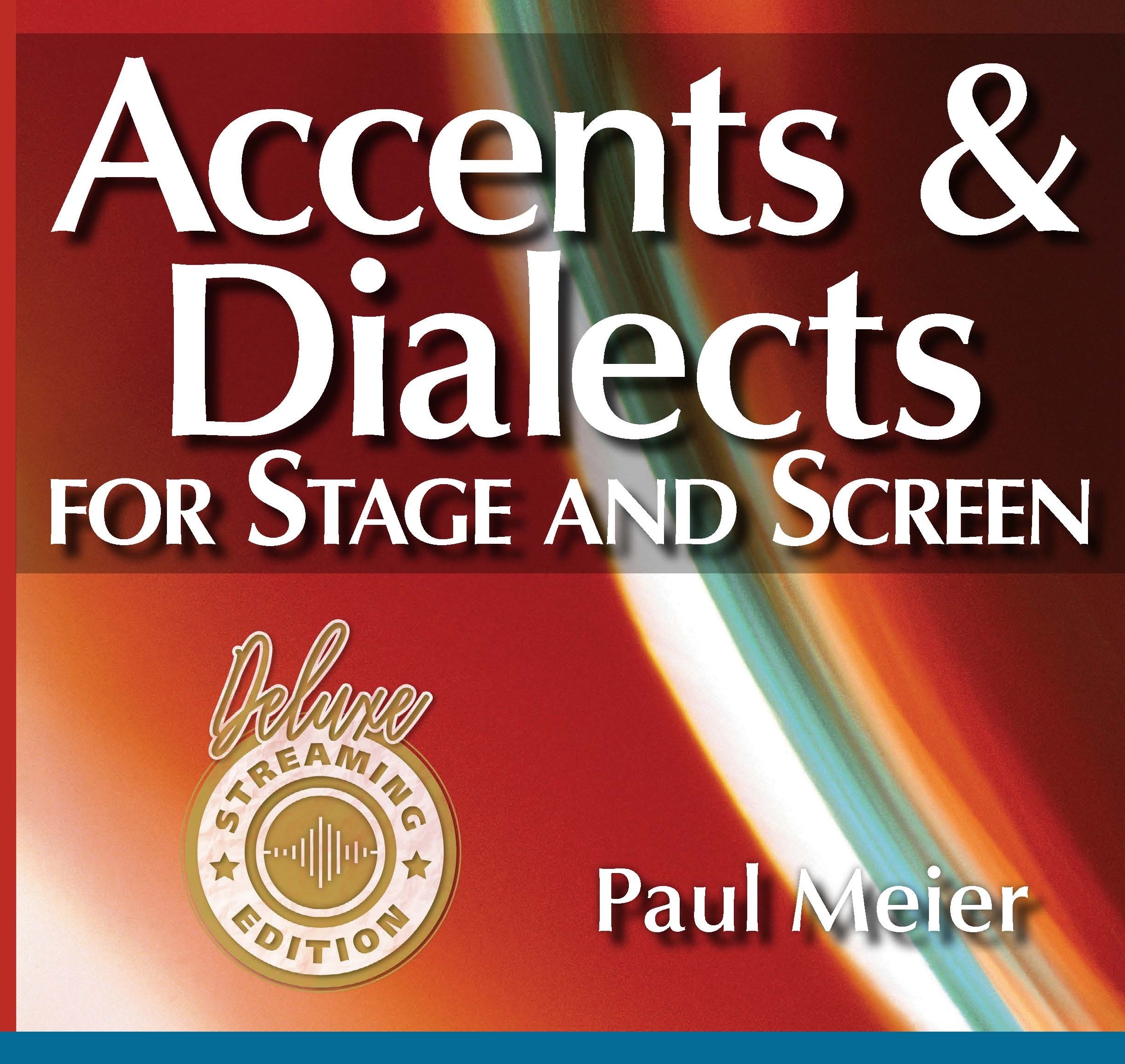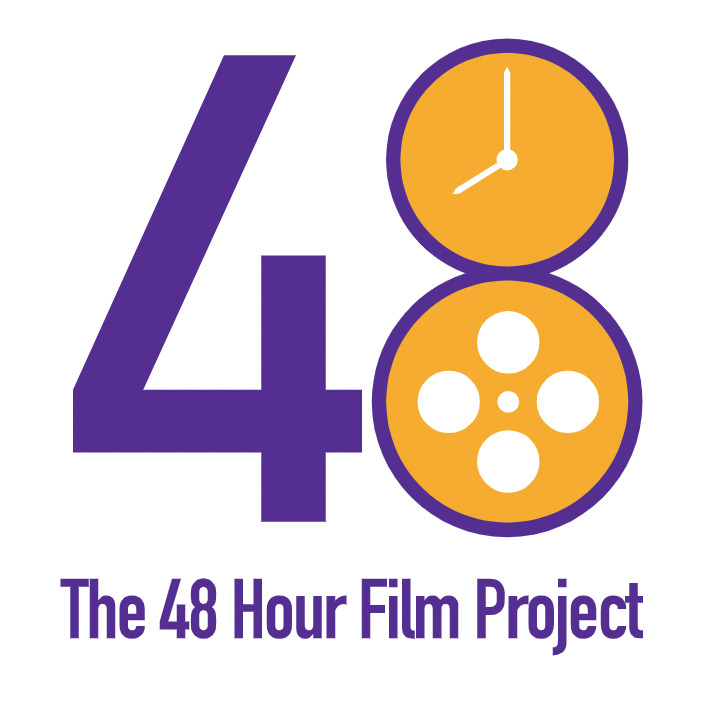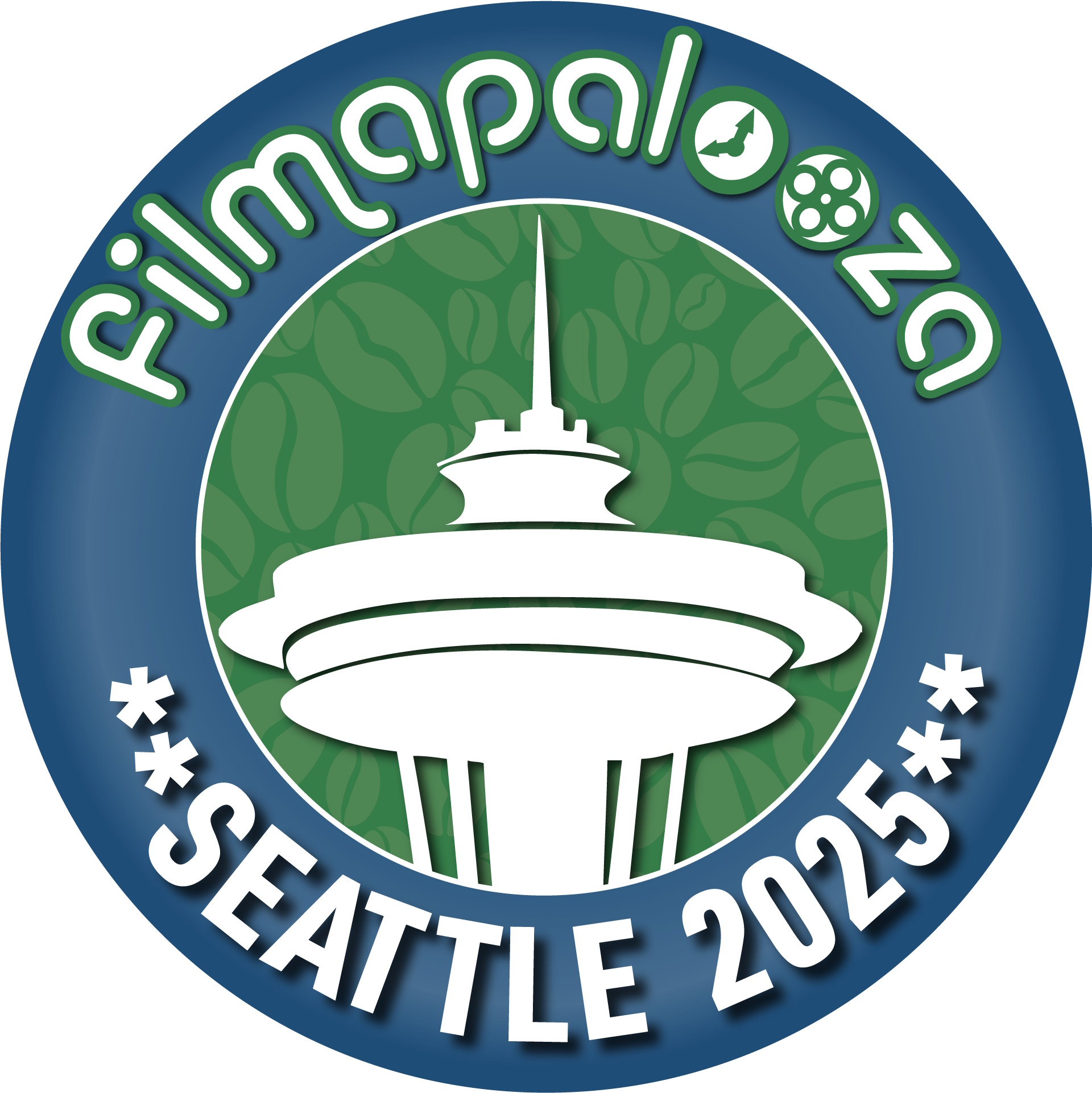North Dakota 1
Listen to North Dakota 1, a 20-year-old woman from Bismarck, North Dakota, United States. Click or tap the triangle-shaped play button to hear the subject.
Both as a courtesy and to comply with copyright law, please remember to credit IDEA for direct or indirect use of samples. IDEA is a free resource; please consider supporting us.
BIOGRAPHICAL INFORMATION
AGE: 20
DATE OF BIRTH (DD/MM/YYYY): 1982
PLACE OF BIRTH: Bismarck, North Dakota
GENDER: female
ETHNICITY: N/A
OCCUPATION: college student
EDUCATION: The subject was attending college, as a drama student, when interviewed.
AREA(S) OF RESIDENCE OUTSIDE REPRESENTATIVE REGION FOR LONGER THAN SIX MONTHS:
At the time of the interview, the subject was living in Kansas.
OTHER INFLUENCES ON SPEECH: N/A
The text used in our recordings of scripted speech can be found by clicking here.
RECORDED BY: Paul Meier
DATE OF RECORDING (DD/MM/YYYY): 05/12/2002
PHONETIC TRANSCRIPTION OF SCRIPTED SPEECH: N/A
TRANSCRIBED BY: N/A
DATE OF TRANSCRIPTION (DD/MM/YYYY): N/A
ORTHOGRAPHIC TRANSCRIPTION OF UNSCRIPTED SPEECH:
I was born in Bismarck, North Dakota. Uh, a blustery winter, of course, starting in September. Um, I lived in North Dakota all my life, surrounded by Germans and Norwegians. We were one of the only Irish families there. Um, when we were in school we were taught to salute the flag, and we bought our groceries in bags. And when we go outside, we put on our coats, and when we go to the lake we ride in boats and uhhh, where I lived about three hours from the Canadian border so it was just a short trip, and then you could hear an even more pronounced, um, accent. People where I’m from would say “ay” after certain sentences, and you can here a slight “aboot” when we say “about.” I lived in Nnn-North Dakota. I lived in the same bedroom eighteen years of my life until I moved to Kansas, which is eight-hundred miles south. I lived in Bismarck, North Dakota, which is the capital, and there’s probably about sixty-thousand people that live there, so it’s not a small tiny town but, um, I lived on one of the busiest streets, but even then, um, we’ve had deer in our back yard and rabbits and raccoons. And there was once, when I was little, and it was April, probably the, eh, very end of April, almost early May, when I was 13 and we had a tremendous snow storm that shut down the town for four days and cars were buried and it was like ten feet of snow or something ridiculous, and there was actually a moose that was walking down Main Street. I learned this song when I was in first grade … um, they passed out copies of the North Dakota s-state song, which I don’t remember that one, and they passed out, you know, copies of all the different national songs and things that we needed to learn for some government presentation, and then another one they passed out was the North Dakota song, and everywhere I go, every national conference or anything I’ve ever been to, this is the thing that people get the biggest kick out of: “You ought to go to North Dakota, see the cattle and the wheat and the folks that can’t be beat. You ought to go to North Dakota, but you just can’t say goodbye. The skies are bluer than blue, the folks are friendlier too, and if you don’t believe me, well there’s only one thing to do. You ought to go to North Dakota, but you just can’t say goodbye.”
TRANSCRIBED BY: Phil Hubbard
DATE OF TRANSCRIPTION (DD/MM/YYYY): 19/05/2008
PHONETIC TRANSCRIPTION OF UNSCRIPTED SPEECH: N/A
TRANSCRIBED BY: N/A
DATE OF TRANSCRIPTION (DD/MM/YYYY): N/A
SCHOLARLY COMMENTARY:
As a drama student, subject has had voice and speech training and is therefore aware that she has a regional dialect, mitigating its strength in the interview. However, she is able to talk about the features of the dialect and demonstrate a stronger version. Still of interest in her speech are the strong rhoticity and closed tone. Also notice her pronunciation of go, boat, snow, etc.; dog, on, strong, job, etc.; and goose, tune, zoo, etc.
COMMENTARY BY: Paul Meier
DATE OF COMMENTARY (DD/MM/YYYY): 05/12/2002
The archive provides:
- Recordings of accent/dialect speakers from the region you select.
- Text of the speakers’ biographical details.
- Scholarly commentary and analysis in some cases.
- In most cases, an orthographic transcription of the speakers’ unscripted speech. In a small number of cases, you will also find a narrow phonetic transcription of the sample (see Phonetic Transcriptions for a complete list). The recordings average four minutes in length and feature both the reading of one of two standard passages, and some unscripted speech. The two passages are Comma Gets a Cure (currently our standard passage) and The Rainbow Passage (used in our earliest recordings).
For instructional materials or coaching in the accents and dialects represented here, please go to Other Dialect Services.
 IDEA: International Dialects of English Archive
IDEA: International Dialects of English Archive




